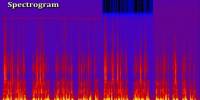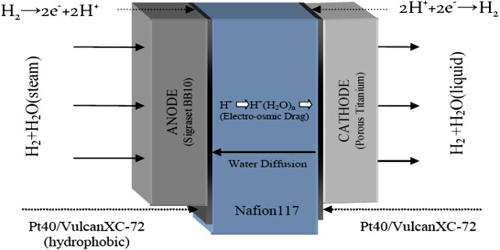New measurements indicate that the laws of physics apply no matter where you are or how quickly you’re traveling, up to the highest energies yet probed. Lorentz’s robustness is demonstrated by observations of record-breaking gamma rays. Einstein’s theory of relativity includes invariance, which states that the speed of light is constant everywhere in the universe.
The gamma rays from distant galactic sources were observed by the High Altitude Water Cherenkov Experiment or High Altitude Water Cherenkov Observatory (also known as HAWC) near Puebla, Mexico. It is the successor to the Milagro gamma-ray observatory in New Mexico, which was also built on the premise of indirectly detecting gamma-rays with the water Cherenkov method.
“How relativity behaves at very high energies has real consequences for the world around us,” said Pat Harding, an astrophysicist in the Neutron Science and Technology group at Los Alamos National Laboratory and a member of the HAWC scientific collaboration.
“Most quantum gravity models say the behavior of relativity will break down at very high energies. Our observation of such high-energy photons at all raises the energy scale where relativity holds by more than a factor of a hundred.”
The HAWC Gamma-ray Observatory is a constantly running TeV gamma-ray observatory with a large field of view that studies the origin of cosmic rays, studies particle acceleration in severe physical conditions, and searches for new TeV physics.
How relativity behaves at very high energies has real consequences for the world around us. Most quantum gravity models say the behavior of relativity will break down at very high energies. Our observation of such high-energy photons at all raises the energy scale where relativity holds by more than a factor of a hundred.
Pat Harding
Lorentz Invariance is a crucial component of physics’ Standard Model. Lorentz Invariance may not hold at the highest energies, according to a variety of physics ideas outside of the Standard Model.
When Lorentz Invariance is broken, a variety of strange occurrences become possible. Gamma rays, for example, could move faster or slower than the speed of light. If the photons decayed faster, they would decay into lower-energy particles and never reach Earth.
To describe TeV scale acceleration mechanisms, HAWC can detect a large ensemble of gamma-ray sources and measure their spectra and variability.
It detects electromagnetic radiation emitted by high-energy cosmic rays that collide with the Earth’s atmosphere. Showers produced by primary cosmic rays with energy between 100 GeV and 50 TeV are detectable by HAWC.
The HAWC Gamma-Ray Observatory recently discovered a number of astrophysical sources that release photons with energies greater than 100 TeV (a trillion times the energy of visible light), far more energy than any terrestrial accelerator can create.
Because HAWC detects these gamma rays, Lorentz Invariance’s range is increased by a factor of 100.
“Detections of even higher-energy gamma rays from astronomical distances will allow more stringent checks on relativity. As HAWC continues to take more data in the coming years and incorporate Los Alamos-led improvements to the detector and analysis techniques at the highest energies, we will be able to study these physics even further,” said Harding.
















